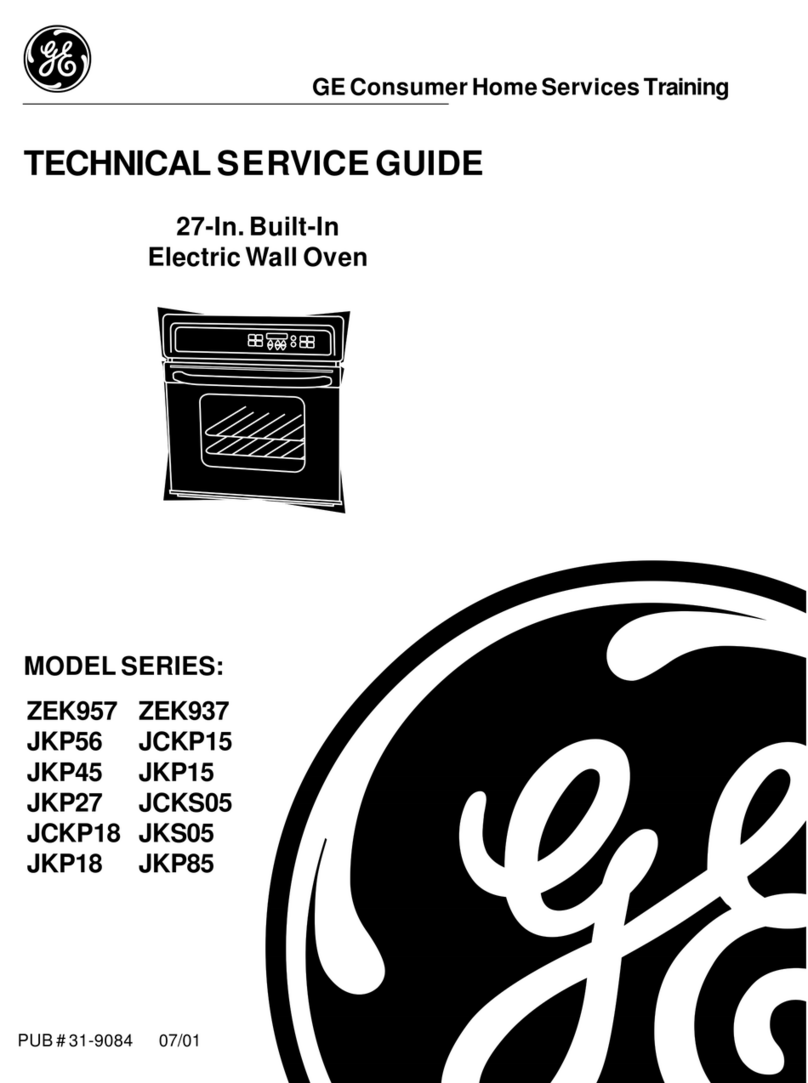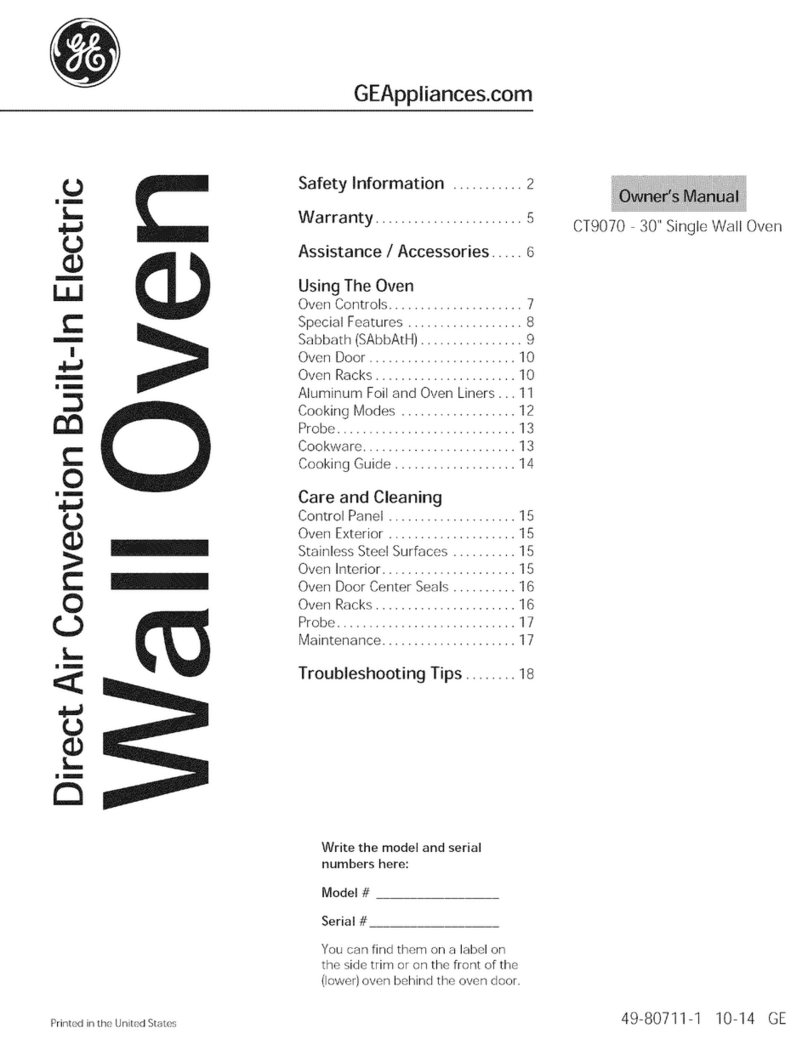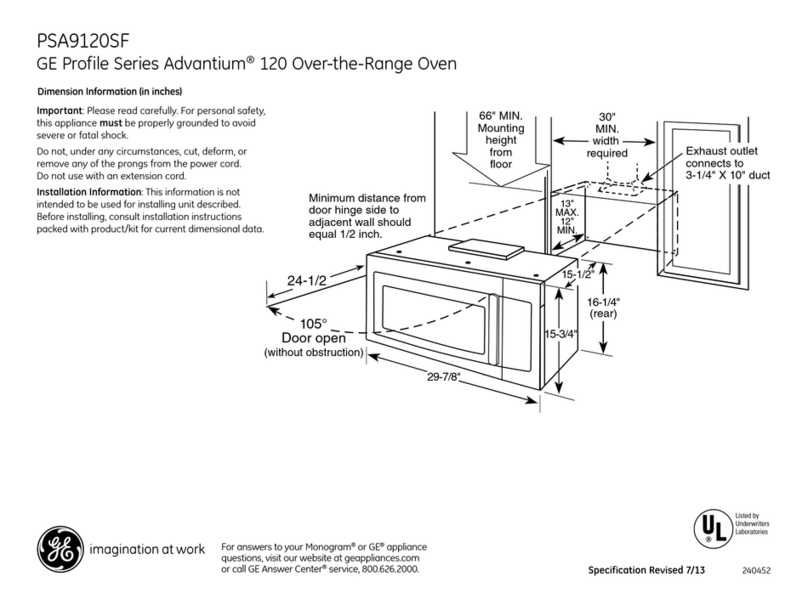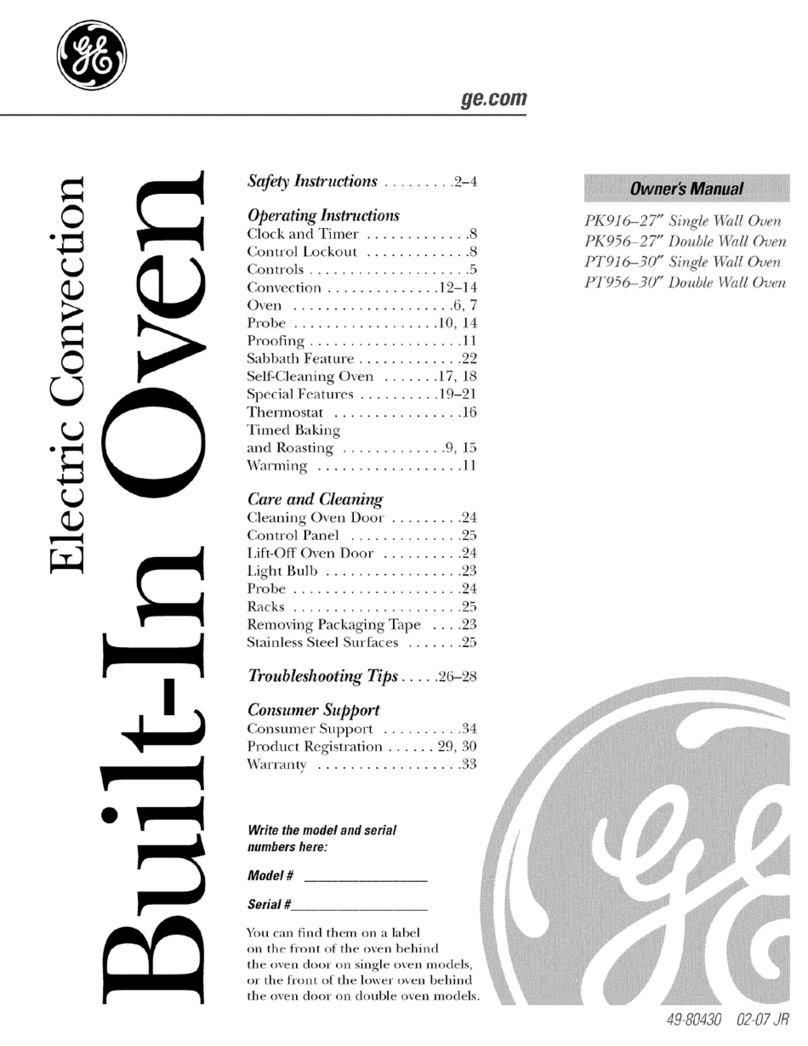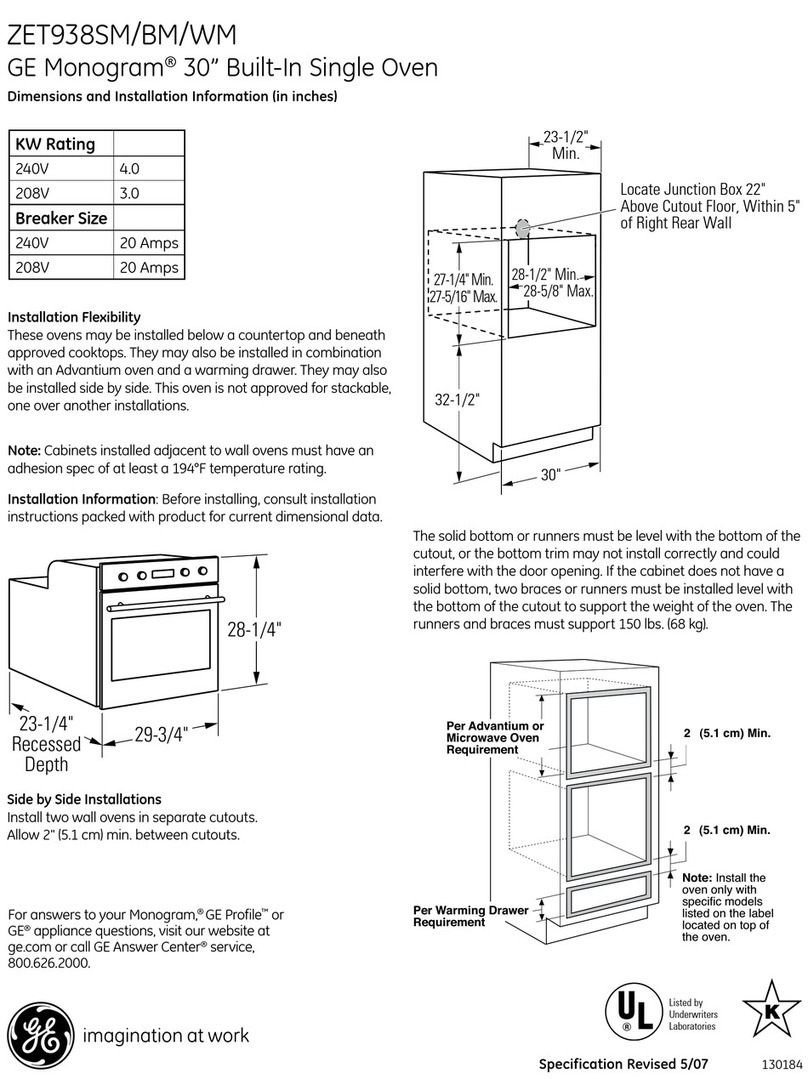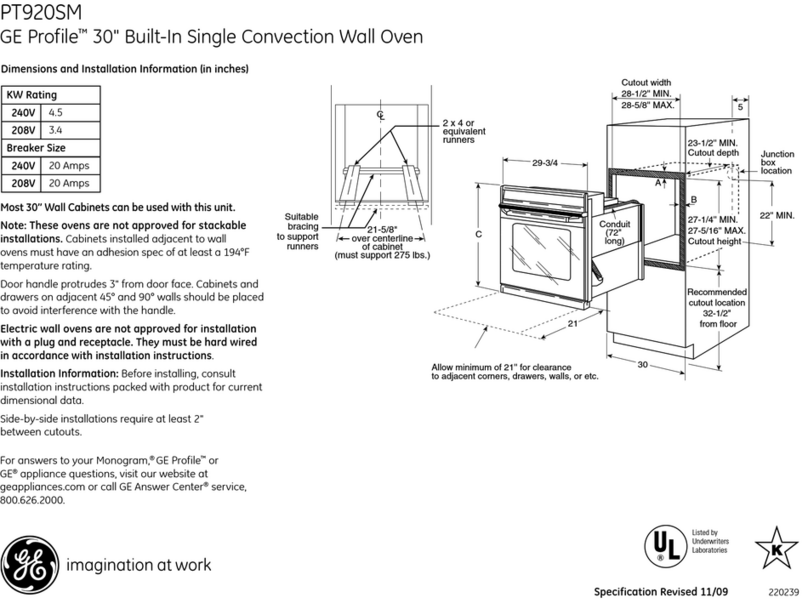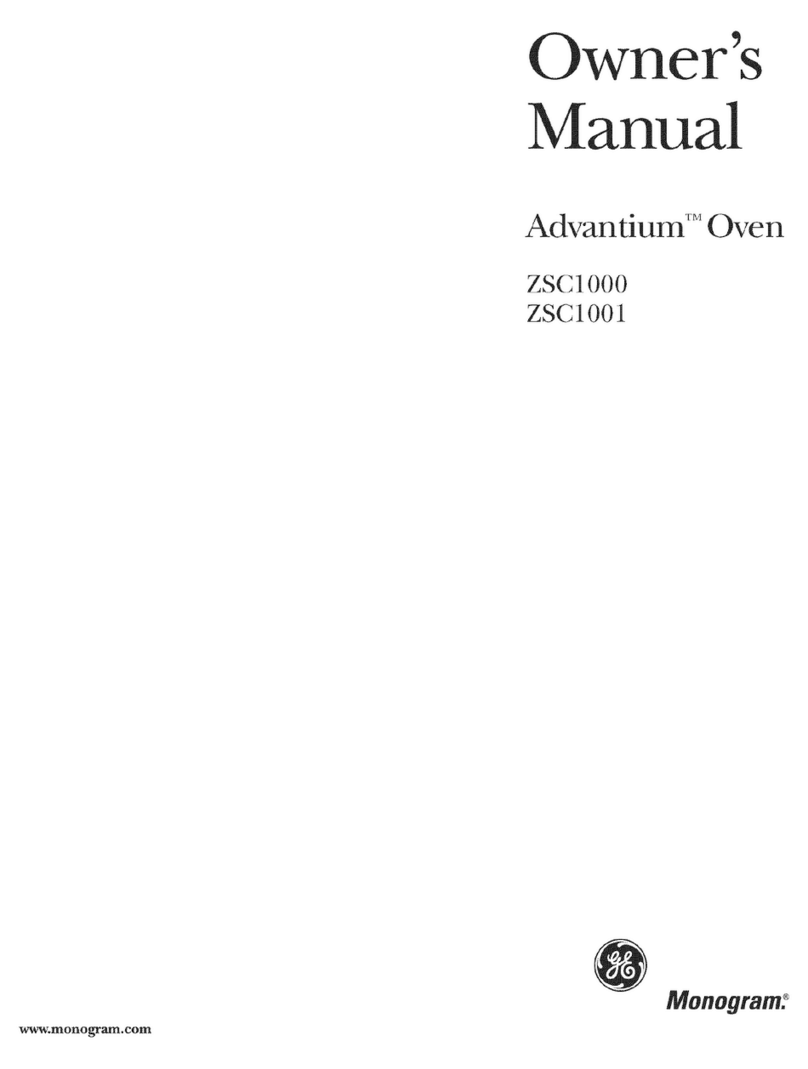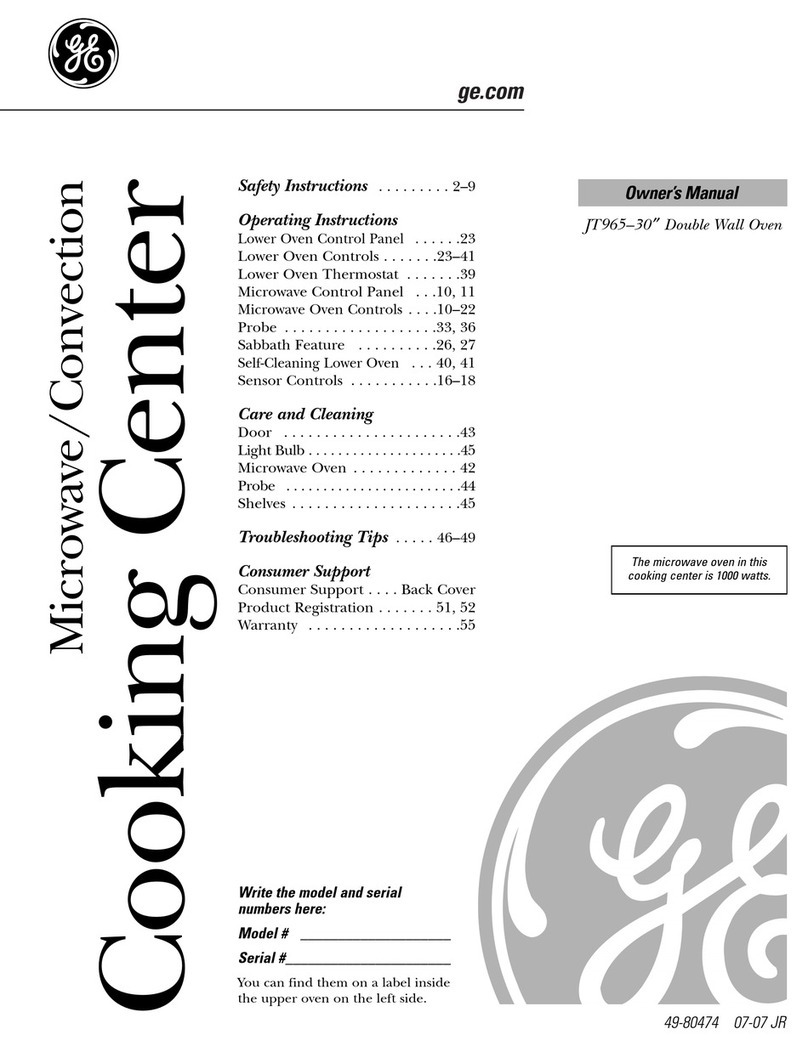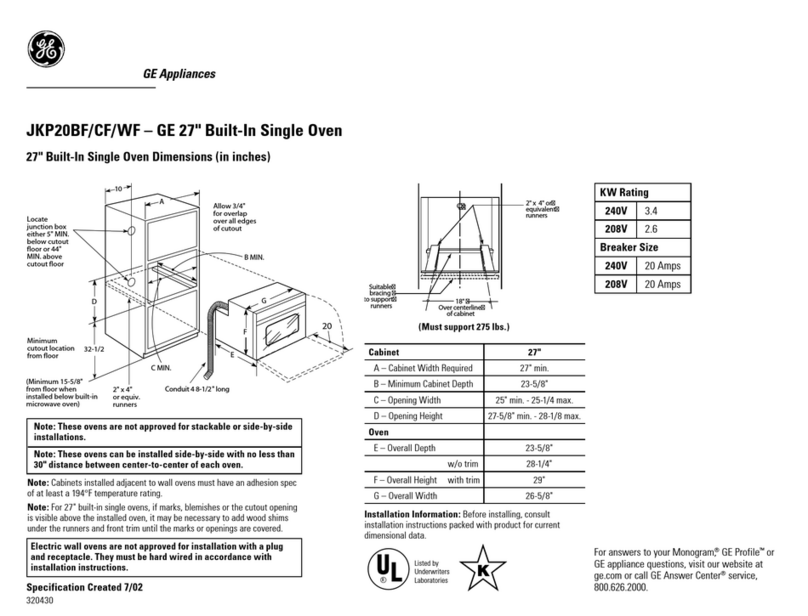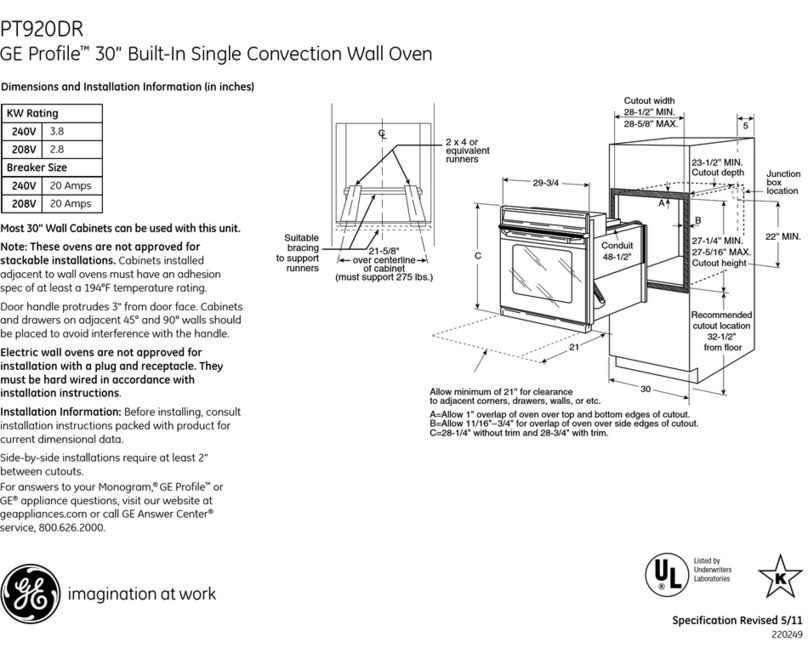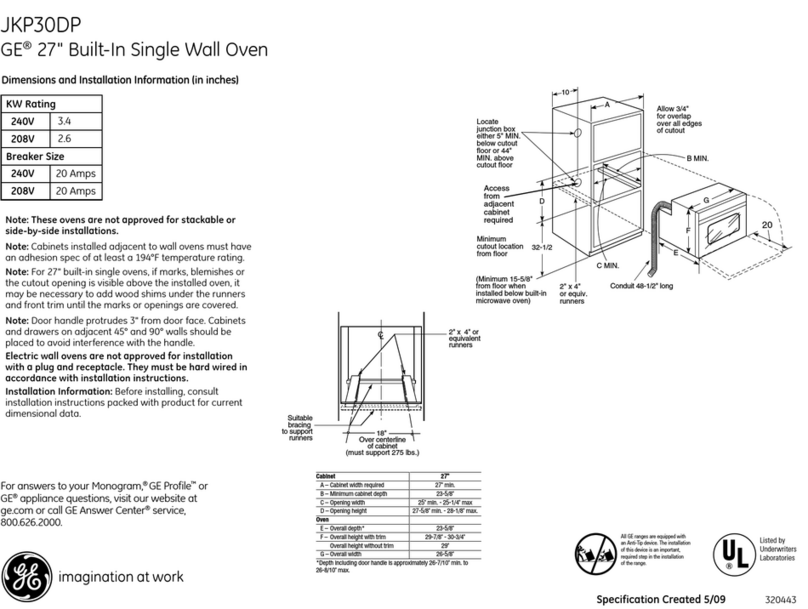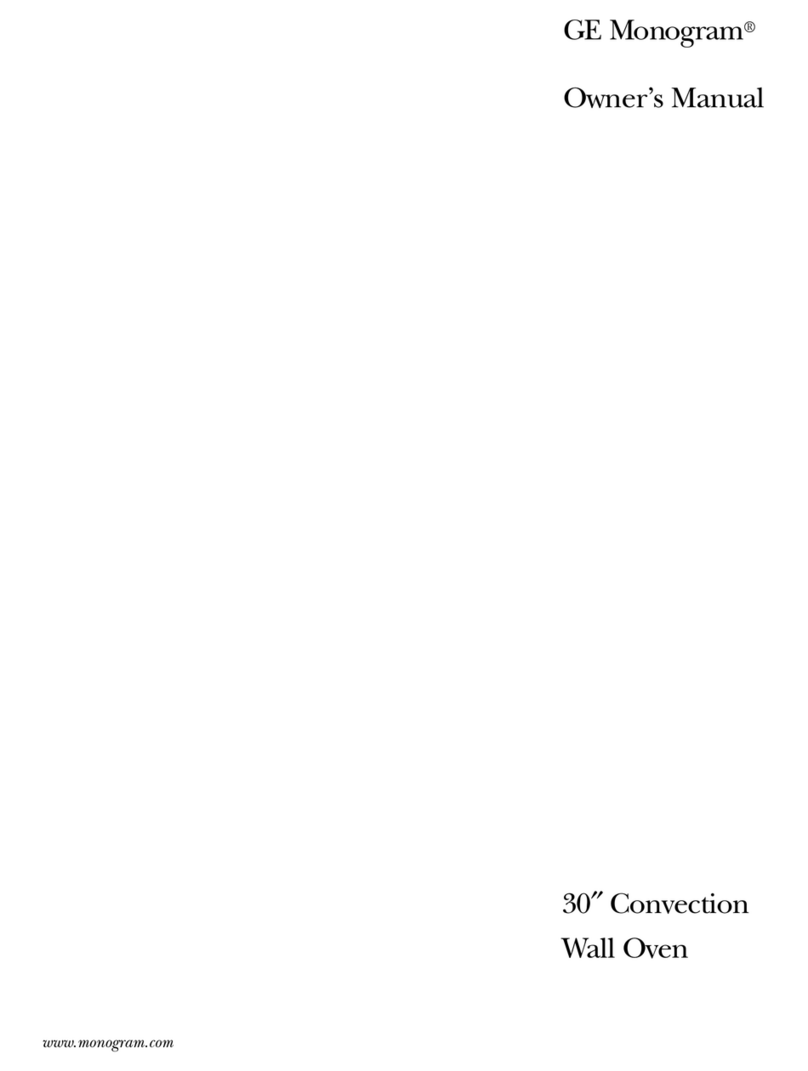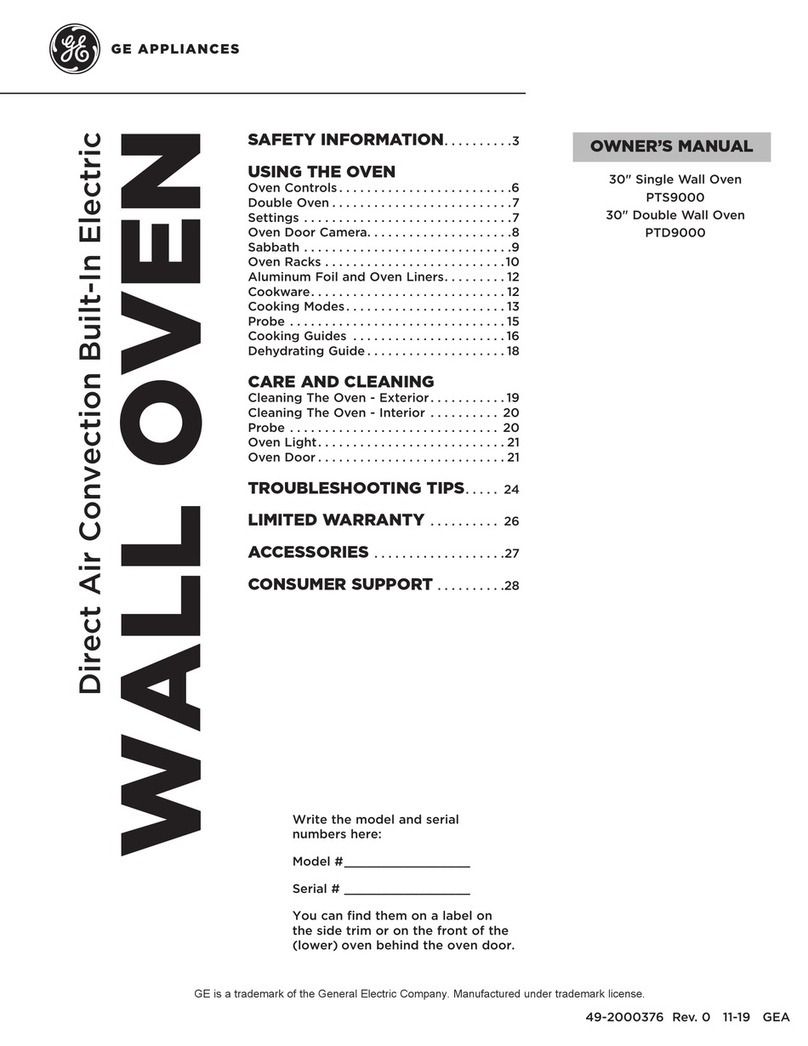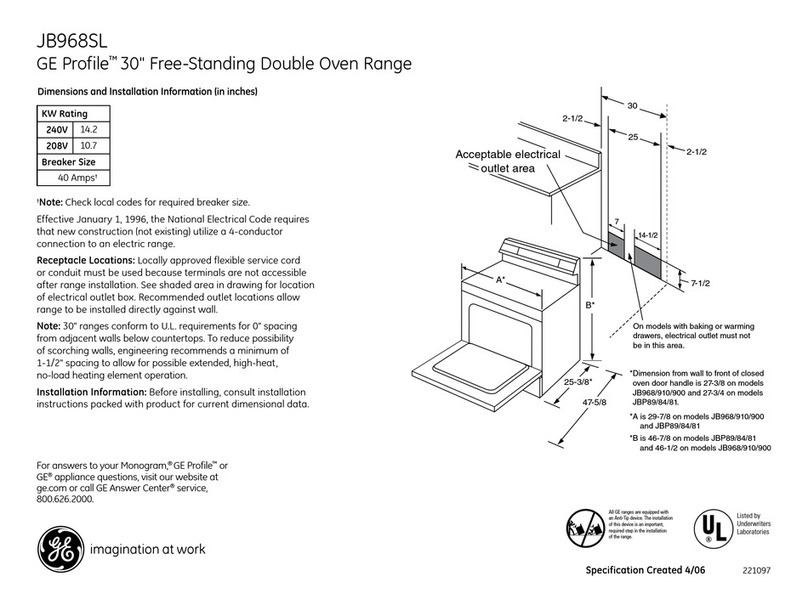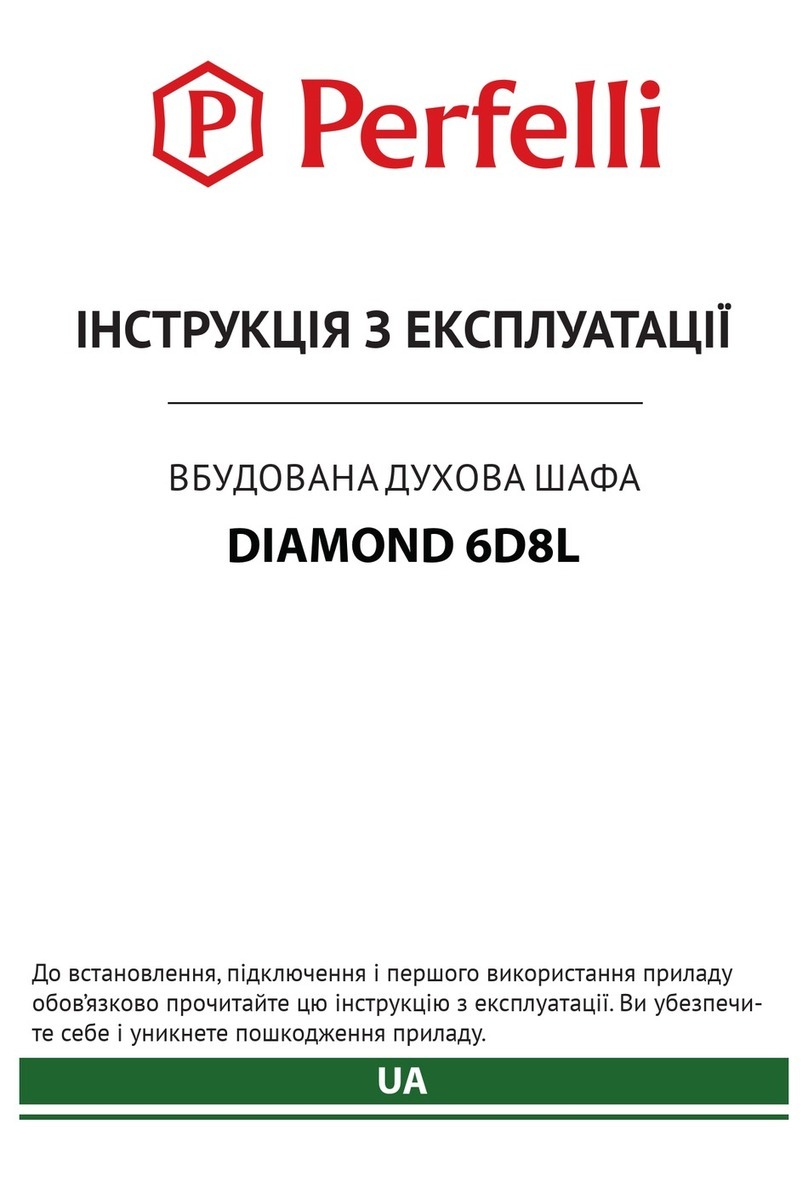Clock and Minute Timer
To set the clock, push the knob in and turn the
clock hands to the right to the correct time. Then
let the knob out and continue turning to OFF.
The minute timer has been combined with the
clock. Use it to time cooking operations. You’ll
recognize it as the pointer that is different in color
from the clock hands.
Minutes are marked up to 60 on the center ring
of the clock.
To set the minute timer, turn the knob to the left,
without pushing in, until the pointer reaches the
number of minutes you want to time.
At the end of the set time, a buzzer sounds to
tell
you time is up. Turn the knob, without pushing in,
until the pointer reaches OFF and the buzzer stops.
\
12
/
@
,\\\
O F
//,,
\;+
0
60
/
g
$10
50+
3
?
20 40
?
0~,
3.\
,“4,,6,\\\\\
Automatic Oven Timer
This timer will automatically start and stop your oven
for you. Here’s what you do:
1. Make sure both your oven clock and the DELAY
START dial show the correct time of day. When
either the DELAY START dial or DELAY STOP
dial is pushed in and turned, it will “pop” into place
when the time shown on the oven clock is reached.
2. Set the STOP TIME control. Push in and turn the
STOP TIME knob to the time you want the oven to
turn itself off.
NOTE:
● Foods that are highly perishable such as milk,
eggs, fish, stuffings, poultry and pork should not
be allowed to sit out for more than one hour before
or after cooking. Room temperature promotes the
growth of harmful bacteria.
“
Be sure the oven light is off because heat from the
bulb will speed harmful bacteria growth.
3. Set the DELAY START control. Push in and turn
the DELAY START
did
to the time you want
the
oven to turn itself on. (If you want it to start
cooking immediately, do not set DELAY START
time.)
NOTE: There must beat least a half-hour
difference between the DELAY START and STOP
TIME dials, and times can be set only up to 11 hours
and 45 minutes in advance.
4. Set the OVEN SET knob to TIME
BA~.
5. Set the OVEN TEMP knob to the desired
cooking temperature.
The oven will turn itself on immediately unless
you have set the DELAY START control for a
later starting time. It will operate at the temperature
you selected and turn itself off at the Stop Time
you selected.
After you take your food out of the oven, be sure
to turn the OVEN SET knob to OFF.
STOP TIME DELAY START
PUSH TO TURN
6



